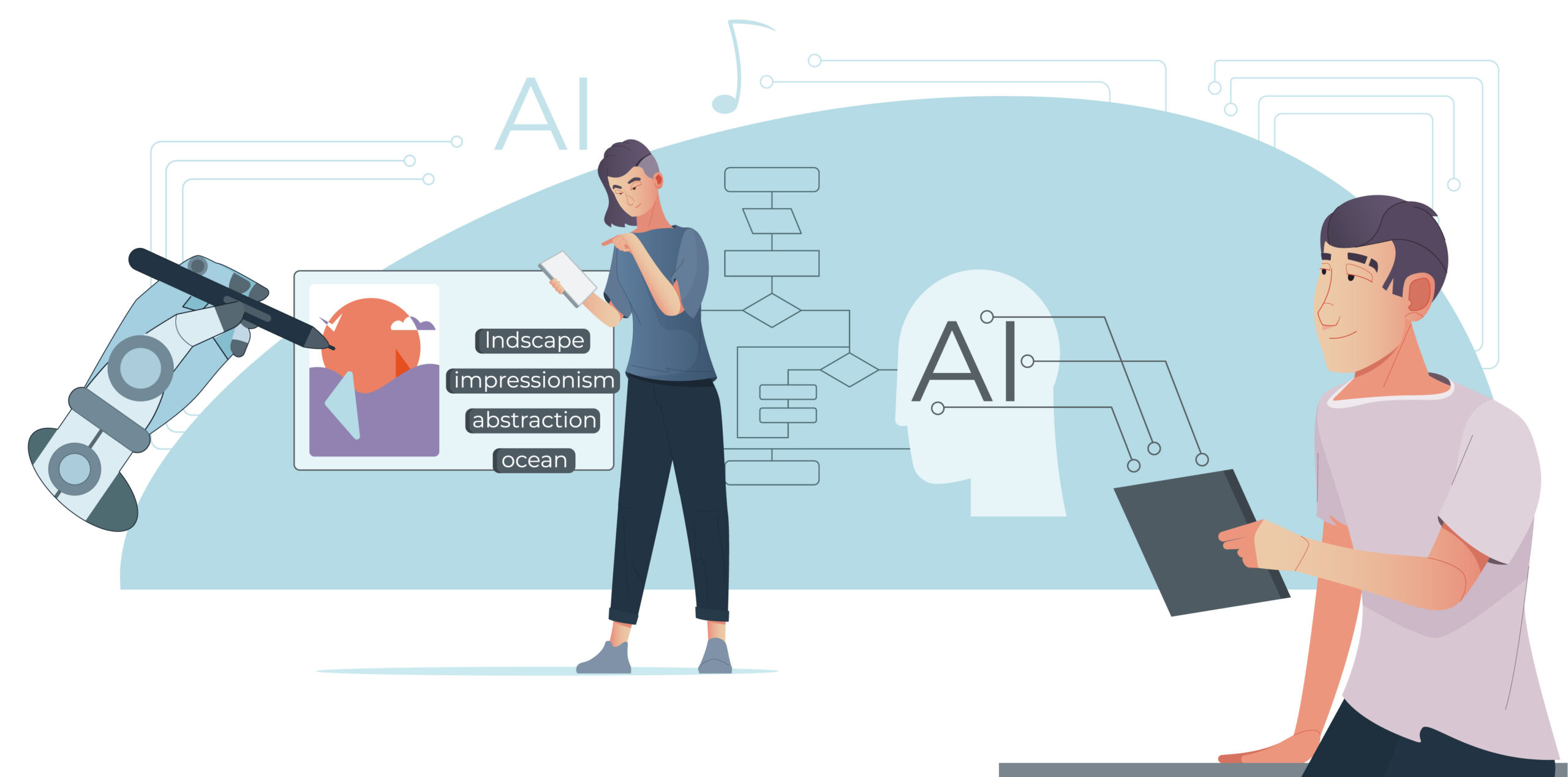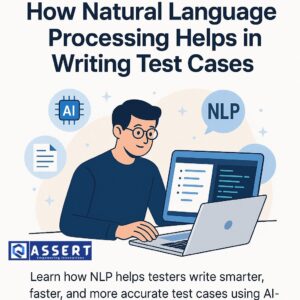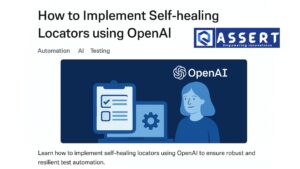Software testing has changed a lot in recent years. As businesses aim for faster releases and better software, test automation has become more important than ever. However, with Artificial Intelligence (AI) now in the picture, the way we test software is being completely transformed.
1.Smarter Test Case Generation
Writing test cases manually takes time and effort. Fortunately, AI can now analyze user flows, application behavior, and even past issues to suggest useful test cases.
For instance, if users often click a particular button, AI will recommend test coverage for that action. As a result, testing becomes more focused and effective. Moreover, it helps reduce the chances of missing important scenarios.
2. Improved Bug Detection with AI
Finding bugs early is always a win. Now, with AI-powered tools, teams can detect failure patterns faster than ever.
In addition, AI can highlight:
- Repeated failures
- Flaky tests (that randomly pass or fail)
- Common root causes
Therefore, testers can act quickly instead of spending hours investigating. Meanwhile, the system continues learning and improving its accuracy.
3. Visual Testing Gets Smarter
Traditional tests confirm if features work. However, they often miss visual issues like broken layouts or overlapping elements.
Thankfully, AI-based visual testing tools (like Applitools) compare UI screenshots pixel by pixel. As a result, they catch small but important design changes.
For example, AI can detect if a login button has moved slightly or if the font color has changed.
4. Self-Healing Test Scripts
One of the biggest frustrations in test automation is broken locators. When a UI element changes, most traditional tests fail.
On the other hand, AI-based frameworks can identify the change and update the locator automatically. This is called self-healing automation.
In other words, the test repairs itself without manual updates. Consequently, test maintenance becomes much easier.
5.Smarter Test Reporting and Analytics
AI not only helps during test creation but also improves reporting. Instead of showing just a pass or fail, AI provides smart analytics and insights.
For example, it can predict which areas of the application are most likely to break.
Furthermore, it helps teams prioritize what to test next based on past data and code changes.
To sum up, AI-driven reporting leads to faster, better testing decisions.
6. Popular AI-Powered Testing Tools
Many new tools now come with built-in AI features. For instance:
- Testim uses machine learning to build stable test flows
- Mabl provides auto-maintained tests with smart suggestions
- Applitools focuses on visual AI testing
- Functionize offers low-code, AI-assisted test creation
Altogether, these tools make it easier for both coders and non-coders to automate testing efficiently.
Conclusion:
AI Brings a Smarter Future to Testing
AI in test automation is not here to replace testers — it’s here to support and enhance their work.
By automating repetitive tasks, detecting patterns, and suggesting improvements, AI allows testers to focus on what really matters: quality.In conclusion, test automation is no longer just about scripts. It’s about working smart. If you’re in QA, embracing AI means staying ahead — now and in the future.




